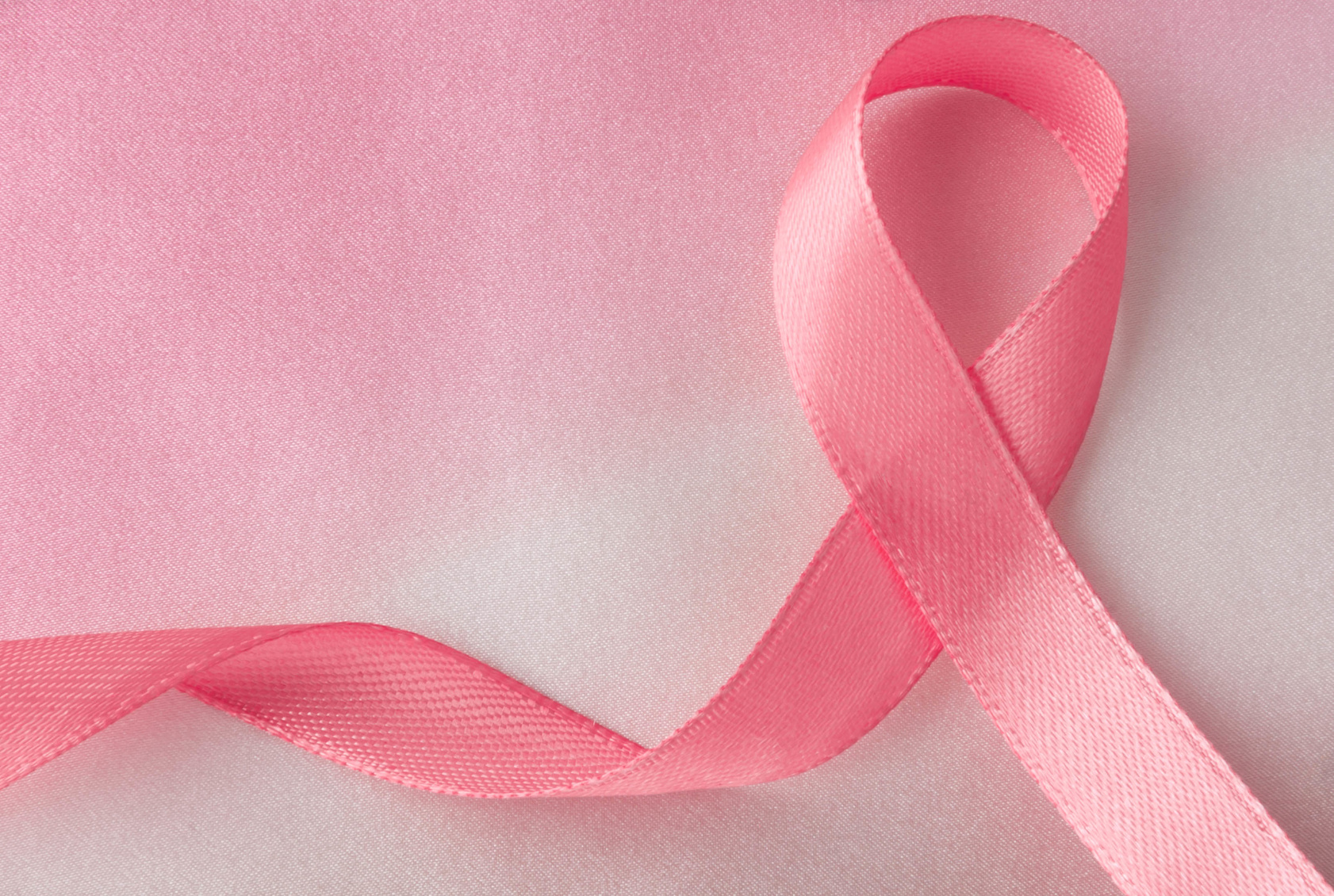The moment you announce your pregnancy, advice begins to pour in. It can be hard to decide which advice to take to heart. Old wives tales are often the most entertaining – some examples include, “Carry low and the baby is a boy,” “Heartburn causes the baby to have a lot of hair,” “If you dream of a fist, you are pregnant,” and “Sleeping with your arm above your head causes the umbilical cord to wrap around the neck.” Of course, none of these are true, but some of these myths can cause women to limit their activities or keep them from staying as healthy as possible.
Myth: Exercise in pregnancy should be avoided.
Fact: Nothing is further from the truth. This subject has been studied and exercise is safe in pregnancy. The rule of thumb is in a normal healthy pregnancy, the exercise that you did before becoming pregnant can usually can be continued throughout the pregnancy, with modifications as the pregnancy progresses. Staying active is good for your flexibility and strength. Exercise also helps with basic aches and pains of pregnancy and labor. Always talk with your doctor first, but in most cases, exercise is encouraged.
Myth: Flu vaccine is not safe in pregnancy.
Fact: I highly encourage you to get vaccinated against influenza while pregnant. The vaccine does not cause influenza or any of the symptoms. Pregnant patients with the flu are more likely to have complications with respiratory distress and pneumonia – these complications can be avoided by getting vaccinated.
Myth: Sex in pregnancy is not safe.
Fact: Intercourse can cause contractions and uncomfortable pain, but typically does not increase risk of infection or preterm labor. As long as you are not in a high-risk relationship or having unprotected intercourse with a new partner, then the risk of infection is very low. Sexually transmitted diseases can cause pregnancy complications to both you and your unborn child if severe. If unsure, talk with your doctor.
Myth: Hair dye is not an option.
Fact: There is very little, if any, hair dye that is absorbed into the blood stream when you dye your hair. The smell of hair products may not agree with you in pregnancy, so make sure to dye your hair in a ventilated area.
Myth: Pregnant women are eating for two.
Fact: Unfortunately, it’s a myth that women are eating for two. You only need about 200-300 more calories per day when you are pregnant. Healthy eating and a healthy weight not only affects your pregnancy, but it may affect your child’s future. There is some research that suggests babies of obese moms are more likely to be overweight as an adult. Additionally, the more weigh you gain in pregnancy, the harder it is to lose after. Splurge now and then for those pregnancy cravings, but keep your diet balanced to keep you and your baby healthy.
Myth: Caffeine is off-limits.
Fact: You don’t have to be caffeine-free in pregnancy! There is a threshold of 300 milligrams of caffeine, which may contribute to miscarriage. If you have high blood pressure, heart problems or anxiety, caffeine may worsen those issues. Overall, a little caffeine is safe if you just can’t let it go completely. Read the labels and know how much you are really drinking or eating daily.
Myth #7: Flying is not allowed.
Fact: Whether you’re planning a trip or travelling for work, you are safe to fly. It’s safe to walk through airport body scanners, but if you want to play it safe, feel free to ask for an alternative method of screening. Just know if you are running late for your plane, a trip through the scanner will not harm your baby.
Myth: Fish is off-limits during pregnancy.
Fact: I encourage my patients to eat fish while pregnant – omega-3 fatty acids, found in fish, are chock-full of health benefits and helpful for brain development. Before consuming, just ensure that the fish or shellfish is cooked. Please note that large fish, such as swordfish, mackerel, shark, tilefish, are high in mercury must be limited. You’ll also need to avoid sushi, unless it is cooked.
Myth: Cocoa butter helps prevent stretch marks.
Fact: I hate to tell you this, but stretch marks are a genetic issue. Some women just don’t have stretch marks. We don’t like them, but unfortunately, that is just the way it is. Using a moisturizer is helpful as the skin stretches, but it won’t prevent stretch marks.
Myth: Hot dogs and lunch meat are not permitted.
Fact: You can eat hot dogs and lunch meat, but be sure they are well-cooked/heated through and that they’re not a mainstay in your diet.
Myth: Sleeping on your back is off-limits.
Sleeping on your left side does optimize the blood flow to your uterus (and to you), but this is not an absolute. If you wake up on your back or any side, no harm done. Sleep how you are comfortable; both you and your baby will be just fine.
There are many other very entertaining myths out there – but, before you change your life, starve yourself, don’t leave your house during an eclipse, or never raise your arms above your head, talk with your doctor! Enjoy your pregnancy and know that within reason, most day-to-day activity is just fine.

